POHICK CREEK WATERSHED
by Nick Daughtry
I photographed the Pohick Creek Watershed starting on the GMU campus and tracing its ultimate destination to the Potomac River feeding into the Chesapeake Bay. Along the way garbage was very visible in the runoff. Pohick Creek watershed is one of the largest in Fairfax Country and home to many stream and lakes in residential areas. The stream systems within the watershed range from some of the best to some of the worse in water quality and habitat ratings. The watershed has two main tribuaties in the headwaters of the system that later join to from Pohick Creek proper. Sideburn Branch and Rabbit Branch, the latter of which forms in the George Mason University and Fairfax City area.
According to the Chesapeake Bay Program, the bay has around 100,000 separate tributaries. This is significant because “Chesapeake’s land-to-water ratio (14:1) is the largest of any coastal water body in the world. This is why our actions on the land have such a significant influence on the health of the Bay.”
“The Gray Funnel of the Chesapeake – As water flows off of our streets, parking lots, and building rooftops, it picks up all kinds of pollutants like pet waste, sediment, fertilizers, pesticides, oil, and automotive fluids. If it does not evaporate or soak into the ground—nature’s “green filter”—and if untreated or poorly treated, the contaminated runoff adversely affects water quality and aquatic life in local streams, the rivers into which they feed, and ultimately the Chesapeake Bay. As more houses, roads, and shopping centers are built, more of this polluted stormwater or runoff makes its way through gutters and storm drains to the nearest stream.” http://www.education.noaa.gov/Freshwater/Watersheds_Flooding_and_Pollution.html
There is a water fountain behind the Johnson Center on the Fairfax Campus of GMU. Potentially, some spray can drift away from the fountain, and if the water does not evaporate, it could flow all the way down to the Potomac River. The Potomac River flows as a tributary to the bay. So if you litter something such as a cigarette filter on the ground at the Fairfax Campus, it could float all the way to Virginia Beach.
GMU Johnson Center – I started at the George Mason statue near the water fountain which I assume has been turned off due to the season change and dropping temperatures. This a popular photo opportunity spot for visitors. In fact, several handed me a phone to get a shot of their family and prospective student in front of the statue.
Mason Pond – This is located in front of the Center for the Arts Building. Water filters downhill from surroundings areas and collects here.
Next, before leaving campus it collects at a marsh and stream prior to Braddock Rd and forming Rabbit Branch. This area is the barren looking land strip visible south of the Aquatic and Fitness Center.
The view from the opposite side of Braddock Rd.
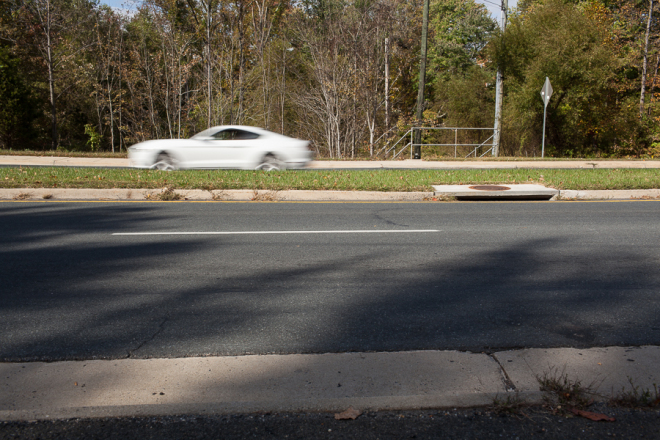 Woodglen Lake – This is dam #3 in Pohick Creek Watershed and the lake is currently in a stage of rehabilitation and dredging.
Woodglen Lake – This is dam #3 in Pohick Creek Watershed and the lake is currently in a stage of rehabilitation and dredging.
http://www.fairfaxcounty.gov/nvswcd/newsletter/pohick-lakes-dredging.htm
The construction workers were busy making progress even on a Saturday.
Pohick Bay – The system becomes tidally influenced and slowly turns into a freshwater wetland before dissolving into Pohick Bay. This is the last stop of the watershed system before joining the Potomac River in the Mason Neck region.
Potomac River – And finally the Potomac River. Nice views here…
but things get ugly if you look down at your feet and even worse, turn around and see what else is filtering into the river next.

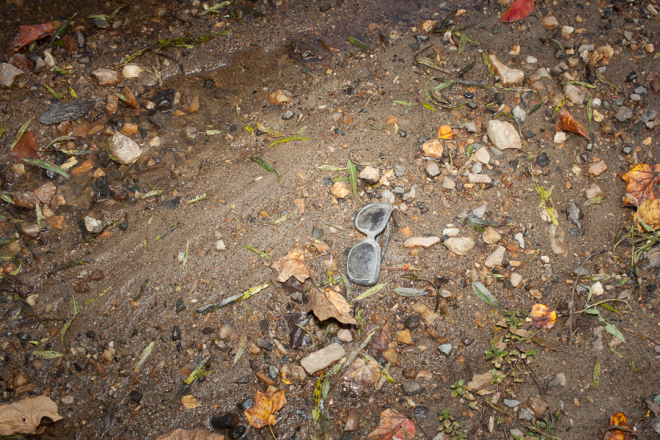
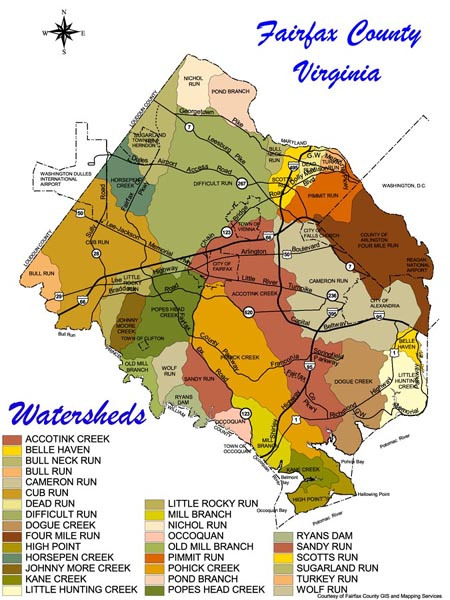
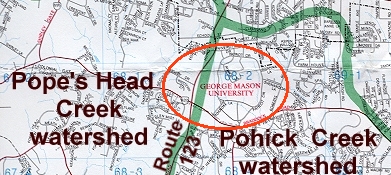
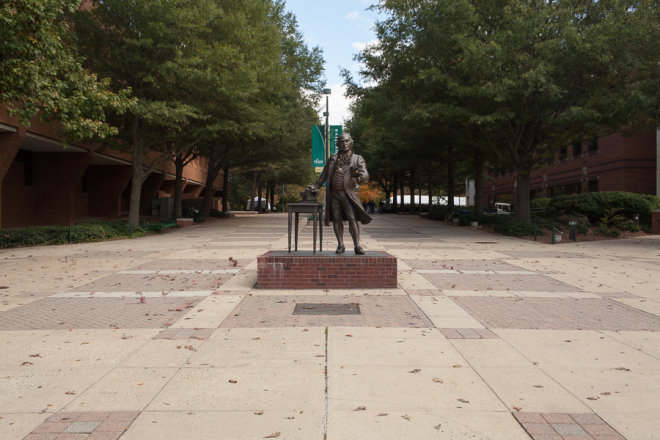
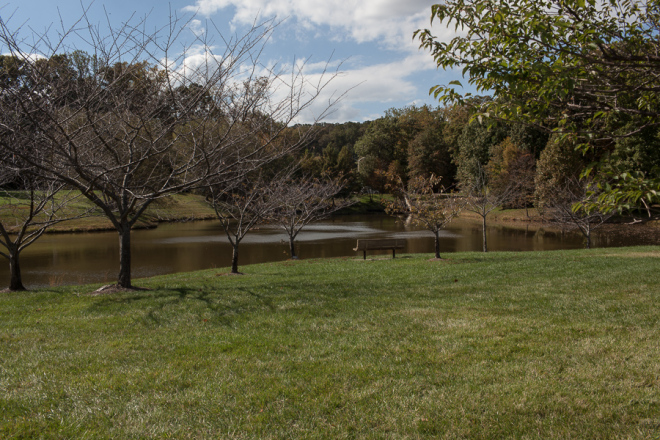
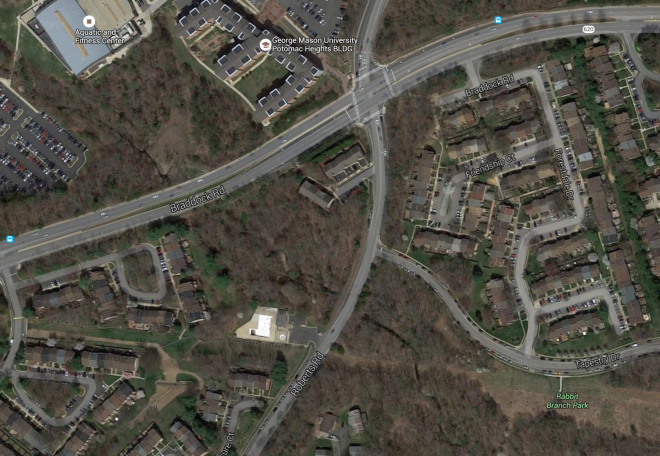
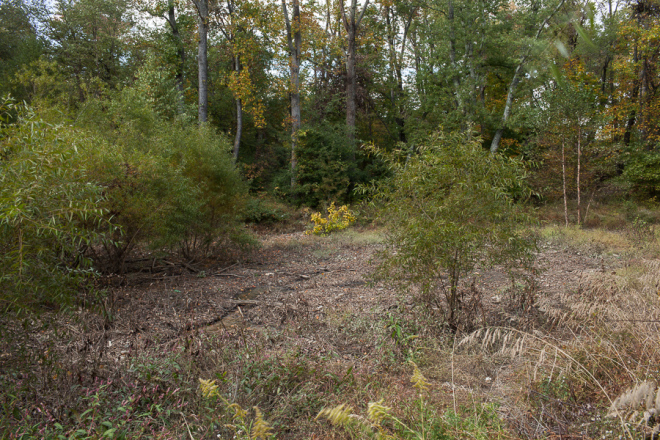
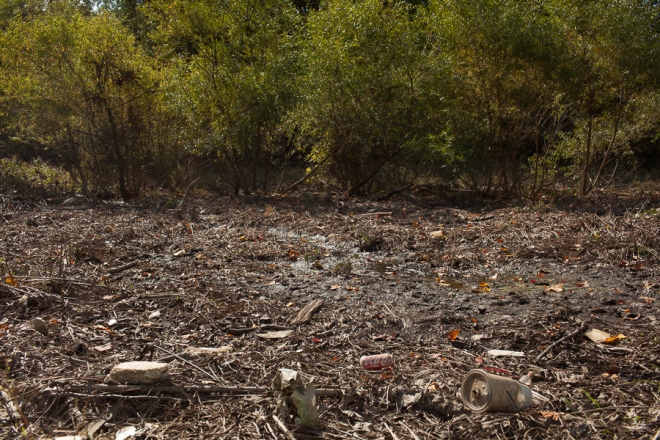
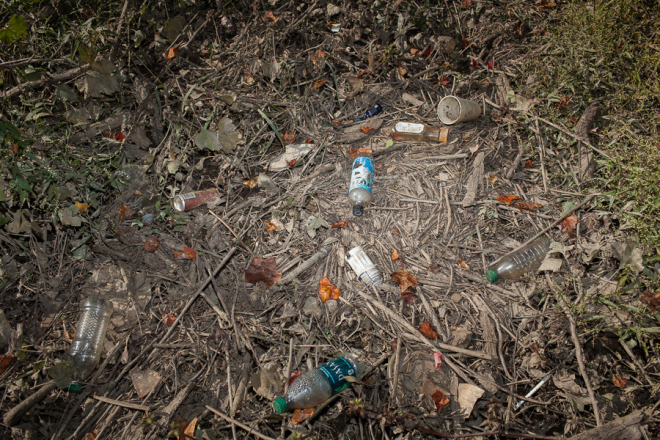
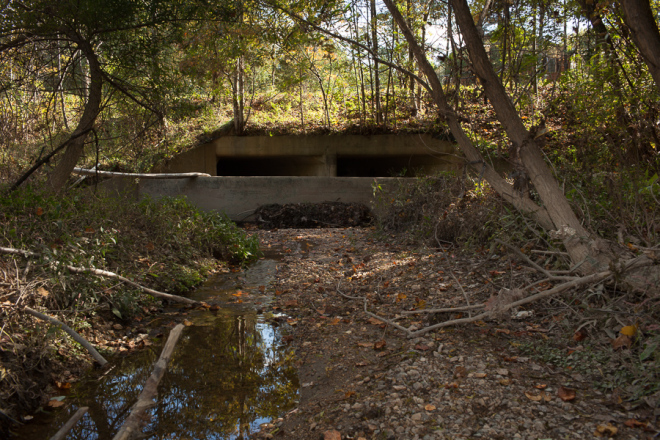
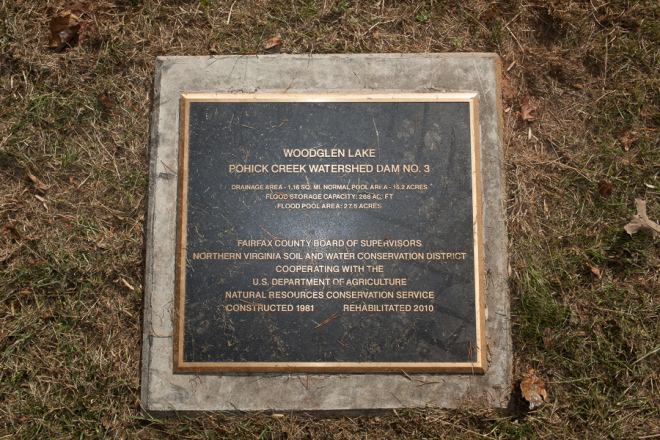
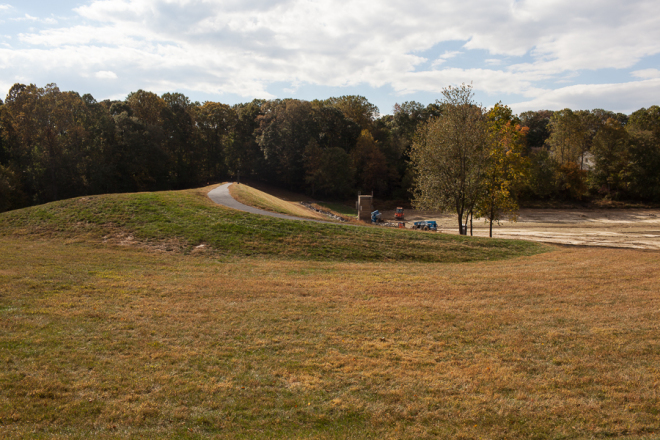
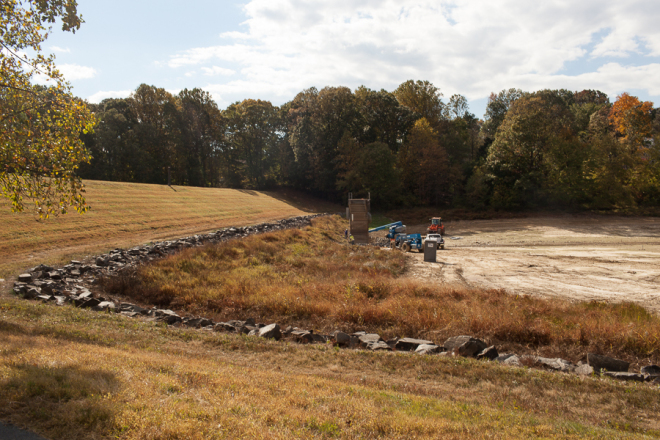
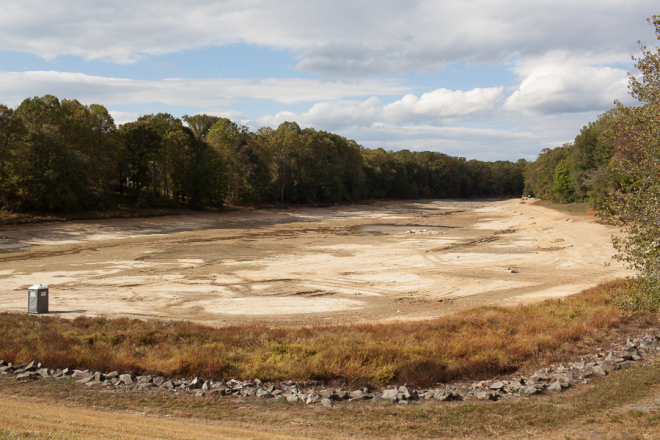
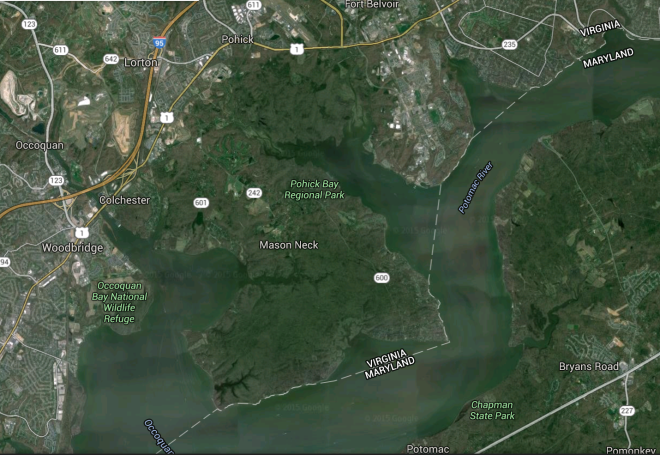
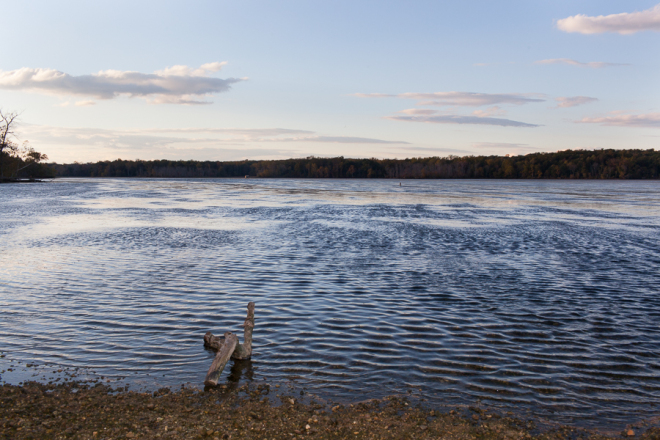
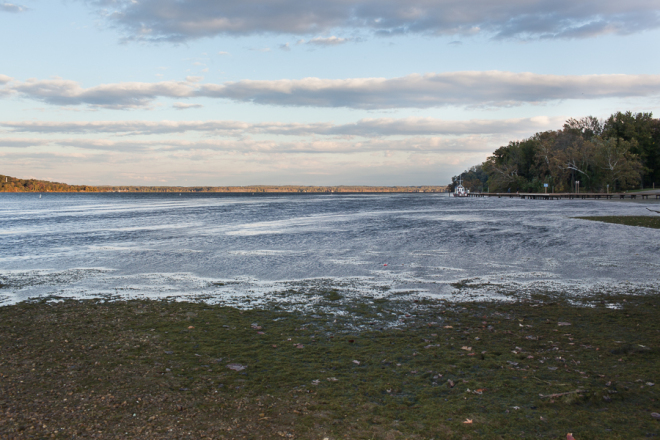
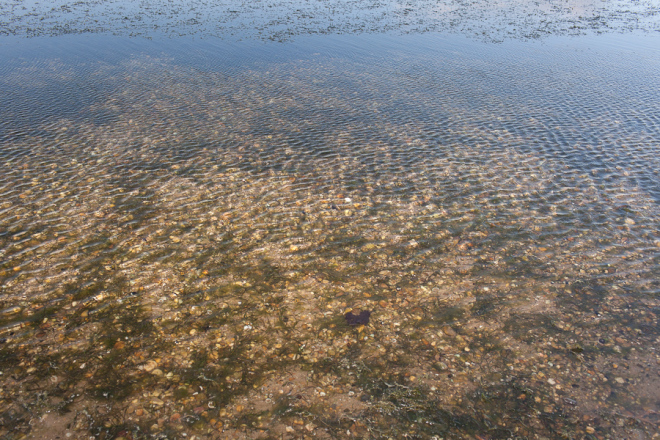

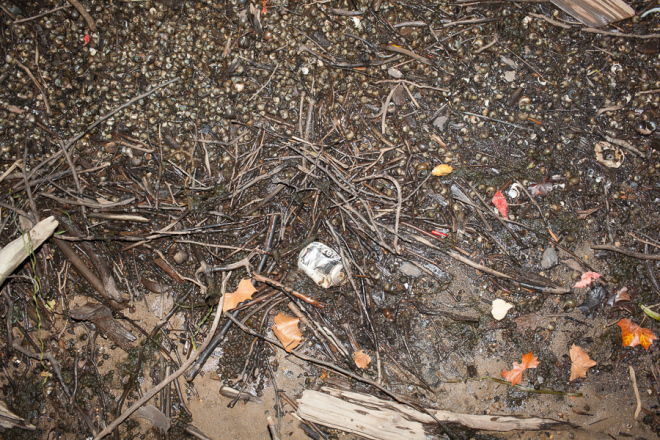
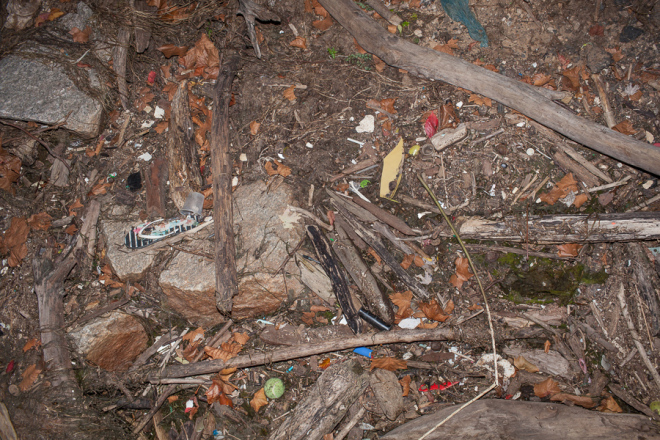
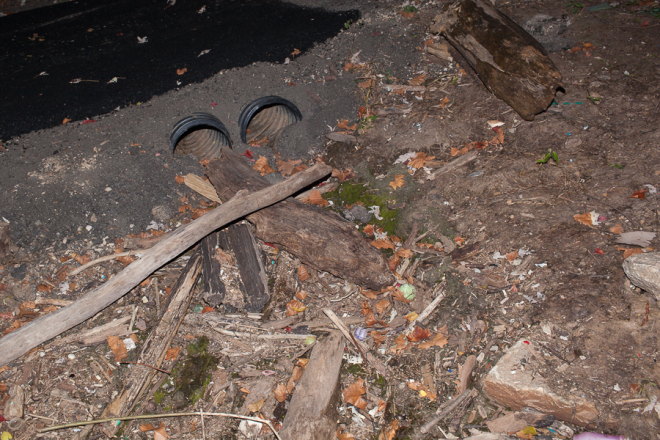
Comments are closed, but trackbacks and pingbacks are open.